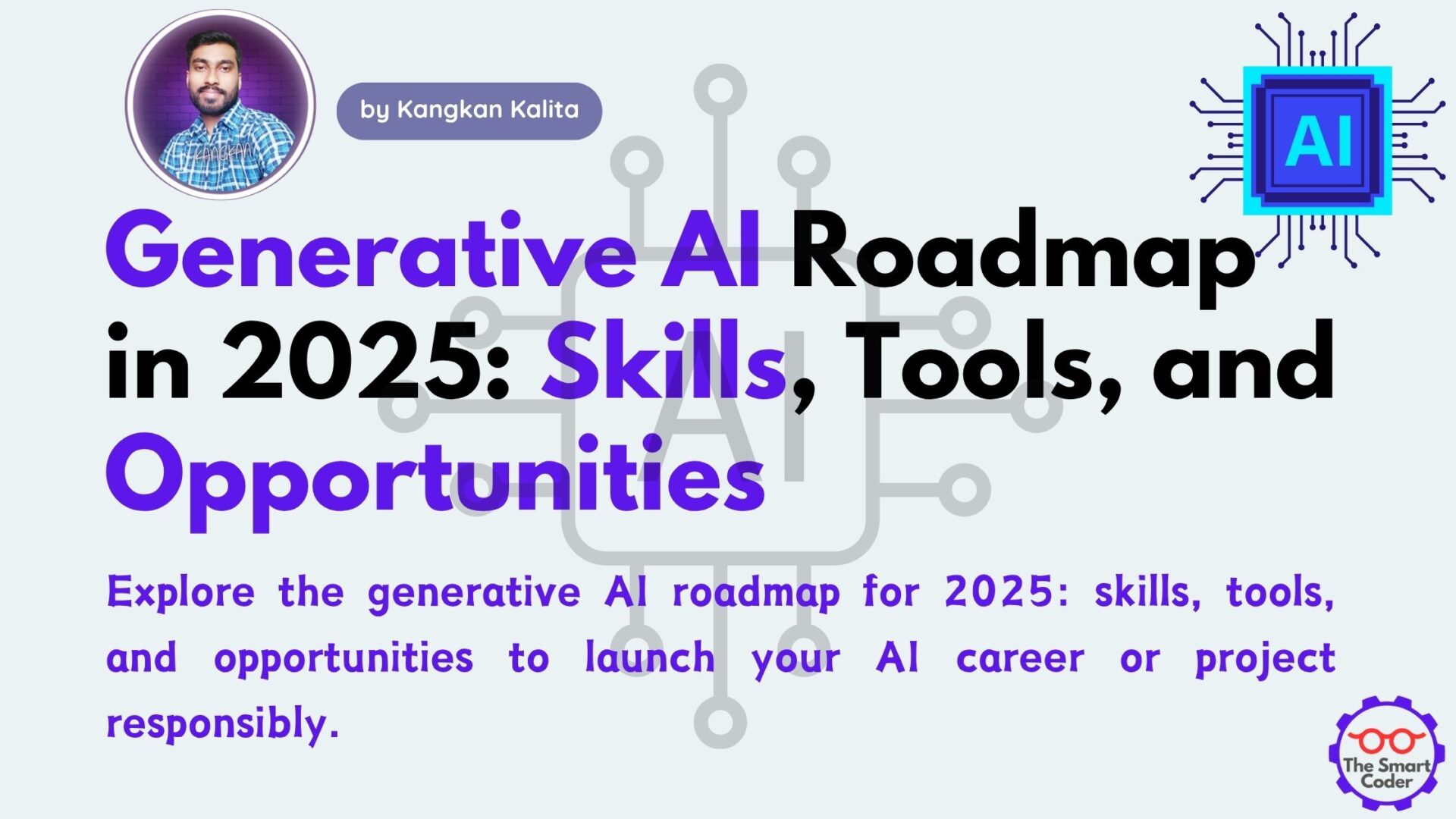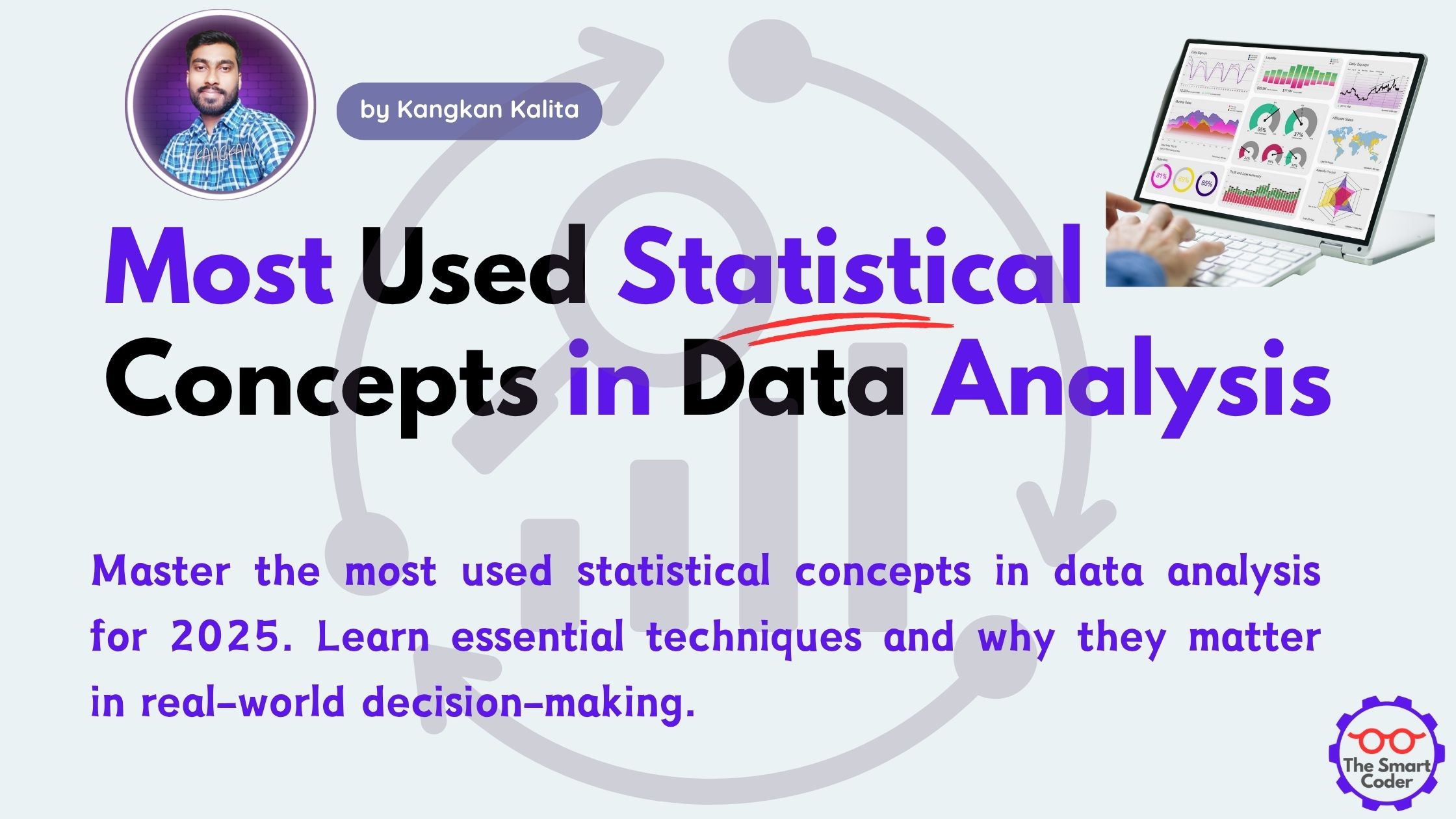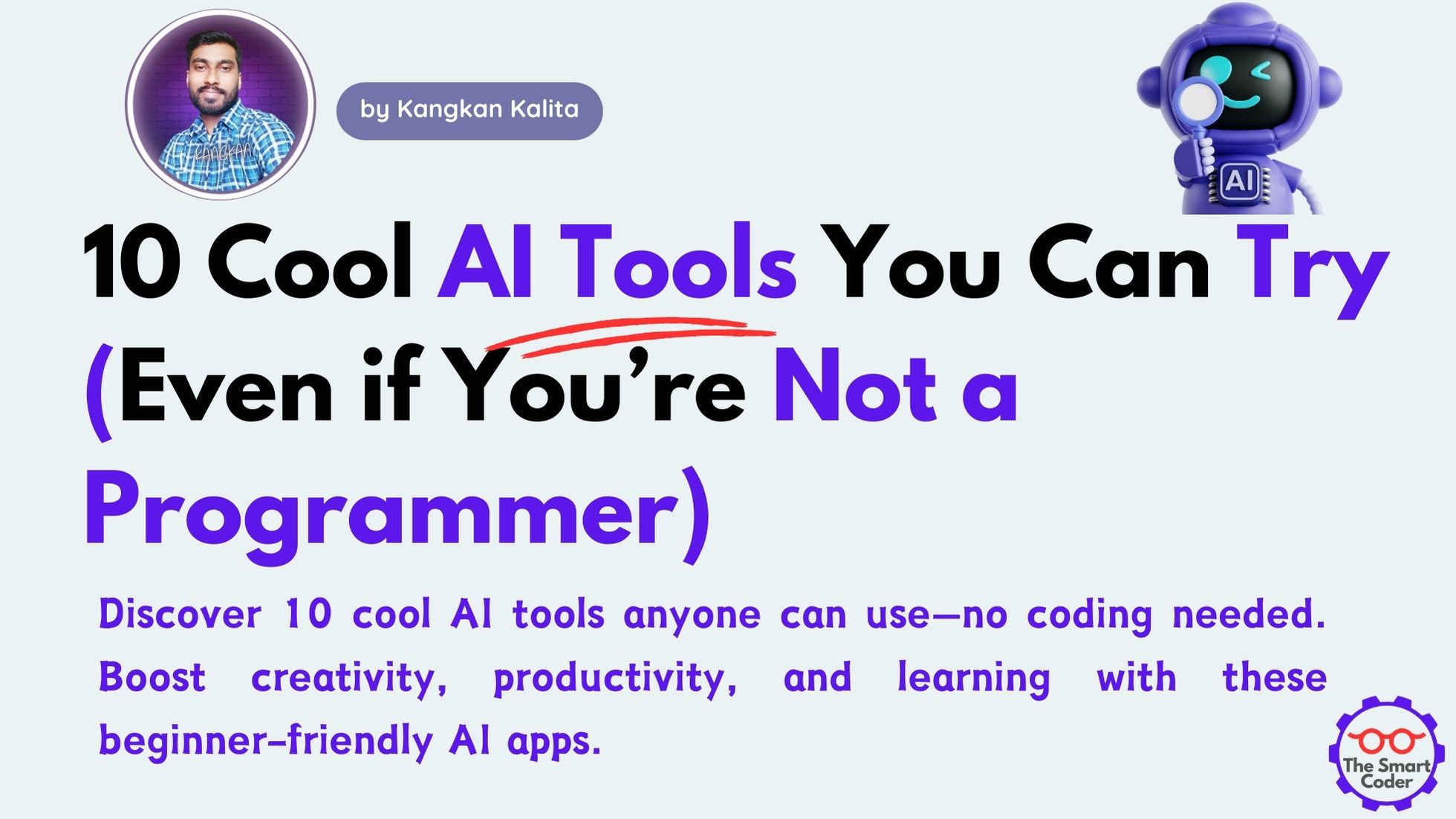Generative AI Roadmap in 2025: Skills, Tools, and Opportunities
- Generative AI Roadmap in 2025: Skills, Tools, and Opportunities - August 11, 2025
- Most Used Statistical Concepts in Data Analysis: A 2025 Guide - August 5, 2025
- SQL for beginners : A Complete Guide - June 24, 2025

- What is Generative AI?
- Why 2025 is a Pivotal Year for Generative AI
- Skills You Need for Generative AI in 2025
- Tools Dominating the Generative AI Space in 2025
- The Generative AI Workflow
- Career Opportunities in Generative AI
- Challenges and Considerations
- Roadmap to Getting Started with Generative AI
- Conclusion
- FAQs:
- Latest Posts:
In 2025, generative AI is no longer a futuristic concept—it’s an everyday tool transforming industries from art to finance. From creating lifelike images to writing code, generative AI models have become accessible, powerful, and embedded into mainstream workflows. But while the technology is advancing rapidly, building a career or project around it requires a clear roadmap.
This guide walks you through the generative AI landscape in 2025: the skills you need, the tools to master, and the opportunities waiting for those ready to innovate.
What is Generative AI?
Generative AI refers to algorithms and models that can produce new content—text, images, music, code, and more—based on patterns learned from existing data. Unlike traditional AI models that classify or predict, generative AI creates.
Popular Examples in 2025:
- ChatGPT and GPT-5 for conversational text and code assistance
- DALL·E 4 for image generation
- Runway ML for video and creative projects
- Synthesia for AI-powered video presentations
Generative AI is now integrated into tools like Microsoft Office, Google Workspace, and Adobe Creative Suite, making it indispensable across industries.
Why 2025 is a Pivotal Year for Generative AI
Three key factors make 2025 a turning point:
- Mainstream Adoption: Businesses are embedding generative AI into customer service, content creation, and product design.
- Improved Accessibility: No-code and low-code platforms enable non-technical users to create with AI.
- Ethical and Legal Frameworks: Governments and organizations have rolled out clearer guidelines on data privacy, copyright, and bias.
Skills You Need for Generative AI in 2025
1. Prompt Engineering
Crafting precise, context-rich prompts ensures better AI output.
2. Model Fine-Tuning
Adapting pre-trained models for niche tasks increases accuracy and relevance.
3. Data Curation and Preparation
High-quality, well-structured datasets are the foundation for strong AI performance.
4. API Integration
Skills in connecting AI models to applications (via REST or GraphQL APIs) make AI functional within products.
5. Ethics and Compliance Awareness
Understanding legal boundaries, intellectual property rights, and bias mitigation is essential.
Tools Dominating the Generative AI Space in 2025
- OpenAI GPT-5 API: Text, code, and reasoning tasks
- Stability AI Stable Diffusion 3: Image generation
- Hugging Face: Open-source AI models and datasets
- Midjourney v6: Creative image prompts
- Runway Gen-3: AI video creation
Learning to combine these tools can significantly expand creative and business possibilities.
The Generative AI Workflow
- Idea & Planning: Define the use case (e.g., marketing content, product design).
- Data Gathering: Collect or select training datasets.
- Model Selection: Choose between open-source and proprietary models.
- Prompt Design: Write prompts and iteratively refine outputs.
- Evaluation: Assess quality, accuracy, and ethical implications.
- Deployment: Integrate AI outputs into business processes or products.
Career Opportunities in Generative AI
In 2025, roles related to generative AI are in high demand:
- AI Product Manager: Oversees development and deployment of AI-powered features.
- Prompt Engineer: Specializes in crafting prompts for high-quality AI outputs.
- AI Ethics Specialist: Ensures compliance with laws and ethical standards.
- Generative AI Developer: Builds and integrates AI models into applications.
- Creative Technologist: Combines technical skills with creative industries.
Average Salaries range from $90,000 for entry-level roles to over $180,000 for specialized experts.
Challenges and Considerations
- Data Bias: Models can inherit bias from training data.
- Copyright Concerns: Generated content may raise IP issues.
- Misinformation Risks: Deepfakes and synthetic content can be misused.
Professionals must balance innovation with responsibility.
Most Used Statistical Concepts in Data Analysis: A 2025 Guide
Roadmap to Getting Started with Generative AI
Step 1: Learn the Basics
- Understand how large language models (LLMs) and generative adversarial networks (GANs) work.
Step 2: Experiment with Tools
- Try free trials of ChatGPT, Midjourney, and Hugging Face spaces.
Step 3: Build Small Projects
- Create a chatbot, an AI art portfolio, or a personalized email generator.
Step 4: Upskill Continuously
- Follow AI research updates, join communities, and enroll in courses from platforms like Coursera, Udemy, and DeepLearning.AI.
Step 5: Contribute to Open Source
- Share prompts, datasets, or model improvements with the AI community.
Conclusion
The generative AI revolution in 2025 is shaping careers, businesses, and creativity in unprecedented ways. Those who can navigate its tools, understand its ethical boundaries, and innovate responsibly will lead the next wave of digital transformation.
Start your journey now—experiment, learn, and build. The skills you acquire today will define your opportunities in the AI-driven world of tomorrow.
FAQs:
What is generative AI used for in 2025?
Generative AI is used for text generation, image creation, video production, coding assistance, and personalized customer experiences.
Do I need to code to work with generative AI?
Not always. Many no-code platforms exist, but coding knowledge expands your capabilities.
How can I start learning generative AI?
Begin with free tools, learn prompt engineering, and explore online AI courses.
What industries are using generative AI most?
Media, marketing, gaming, education, healthcare, and finance.
Is generative AI safe to use?
Yes, if used responsibly with attention to ethics, bias, and compliance with legal guidelines.
Latest Posts:
- Generative AI Roadmap in 2025: Skills, Tools, and Opportunities
- Most Used Statistical Concepts in Data Analysis: A 2025 Guide
- SQL for beginners : A Complete Guide
- Predictive Analytics Techniques: A Beginner’s Guide to Turning Data into Future Insights
- Top 10 Data Analysis Techniques for Beginners [2025 Guide to Get Started Fast]






